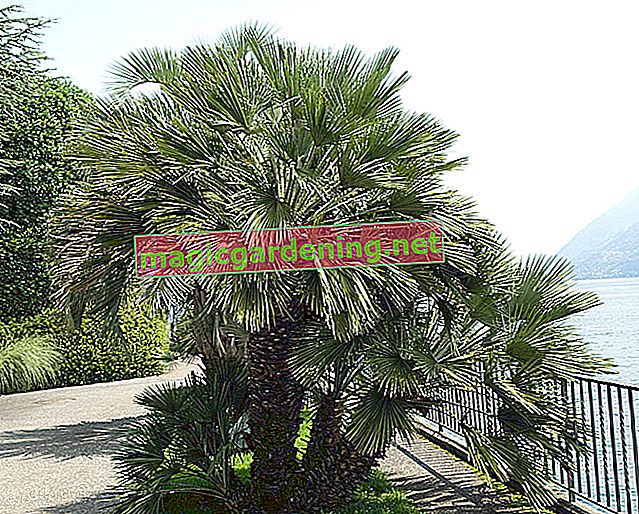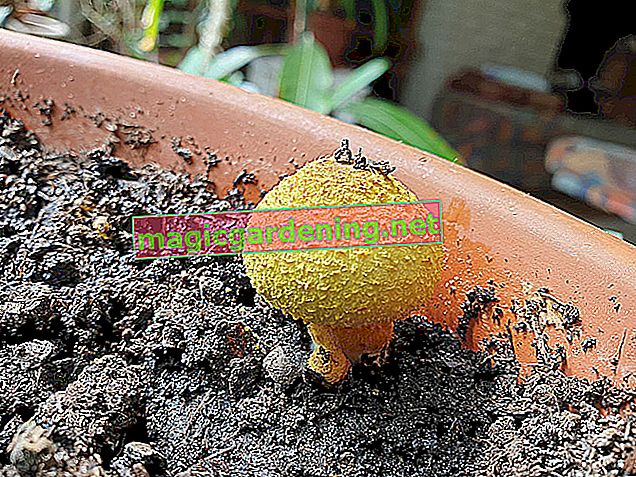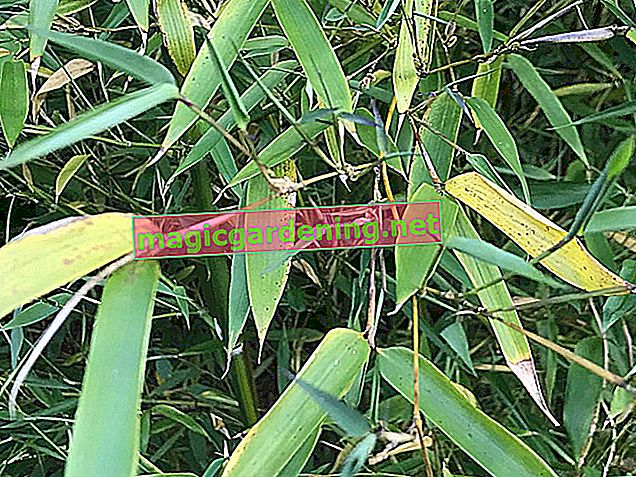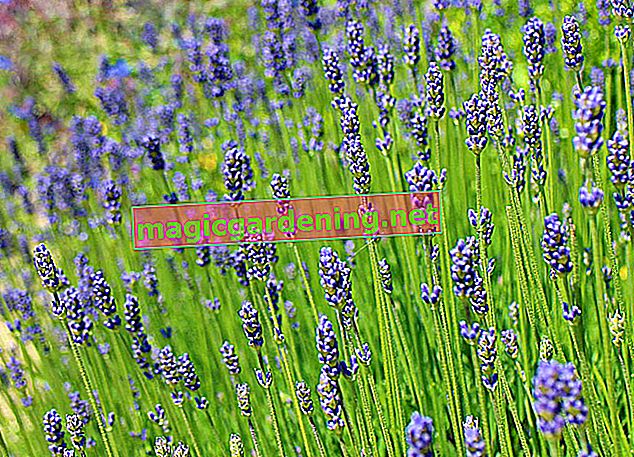
How do you properly water an Areca palm?
The root ball of an Areca palm must never dry out completely. However, the plant does not tolerate waterlogging at all.
also read
- What to do if the Areca palm gets brown leaves?
- Water the areca palm frequently in summer
- The areca palm is not poisonous
At temperatures above 18 degrees, water the areca palm more frequently and thoroughly. If the temperatures are lower, the plant gets very little water.
You should also regularly spray the Areca palm with rainwater to increase the humidity.
When and how are Areca palms fertilized?
So that the Areca palm grows up to 25 centimeters annually and the fronds remain healthy, you should fertilize them every 14 days with a special palm fertilizer.
It is only fertilized during the growth phase from April to September. In winter, you are not allowed to fertilize palm trees.
When is the Areca palm necessary to repot?
You should repot an Areca palm every two to three years. The best time for this is early spring. Choose a slightly larger pot and put it in fresh growing medium.
Be careful not to damage the areca palm's taproot when transplanting.
Which diseases can occur?
- Black sooty mildew
- Root rot
- Phoenix fire mushroom
Most diseases are caused by improper care of the areca palm. They can usually be recognized by the fact that the leaves turn brown or entire branches die off.
If you suspect root rot, pot the palm out and place it in fresh substrate - provided that there are still healthy roots.
Which pests are troubling the Areca palm?
Occasional pests are spider mites and thrips. Both pests should be controlled immediately as they can cause real damage to the Areca palm.
Spider mites leave residues on the plant that can lead to sooty mildew and should therefore be removed.
How is the Areca palm properly overwintered?
Like all palm trees, the Areca palm cannot tolerate freezing temperatures. It is grown in the room all year round. You are also welcome to take them outside in summer if you can find a bright, not too sunny location.
The Areca palm likes it when you put it a little cooler in winter. The temperatures shouldn't be lower than 16 degrees.
In winter the Areca palm is watered more sparsely and no longer fertilized.
Tips
A mixture of compost and potting soil is suitable as a substrate. If you buy palm soil from a specialist store, make sure that the pH value is 6. So the earth should be slightly acidic.








